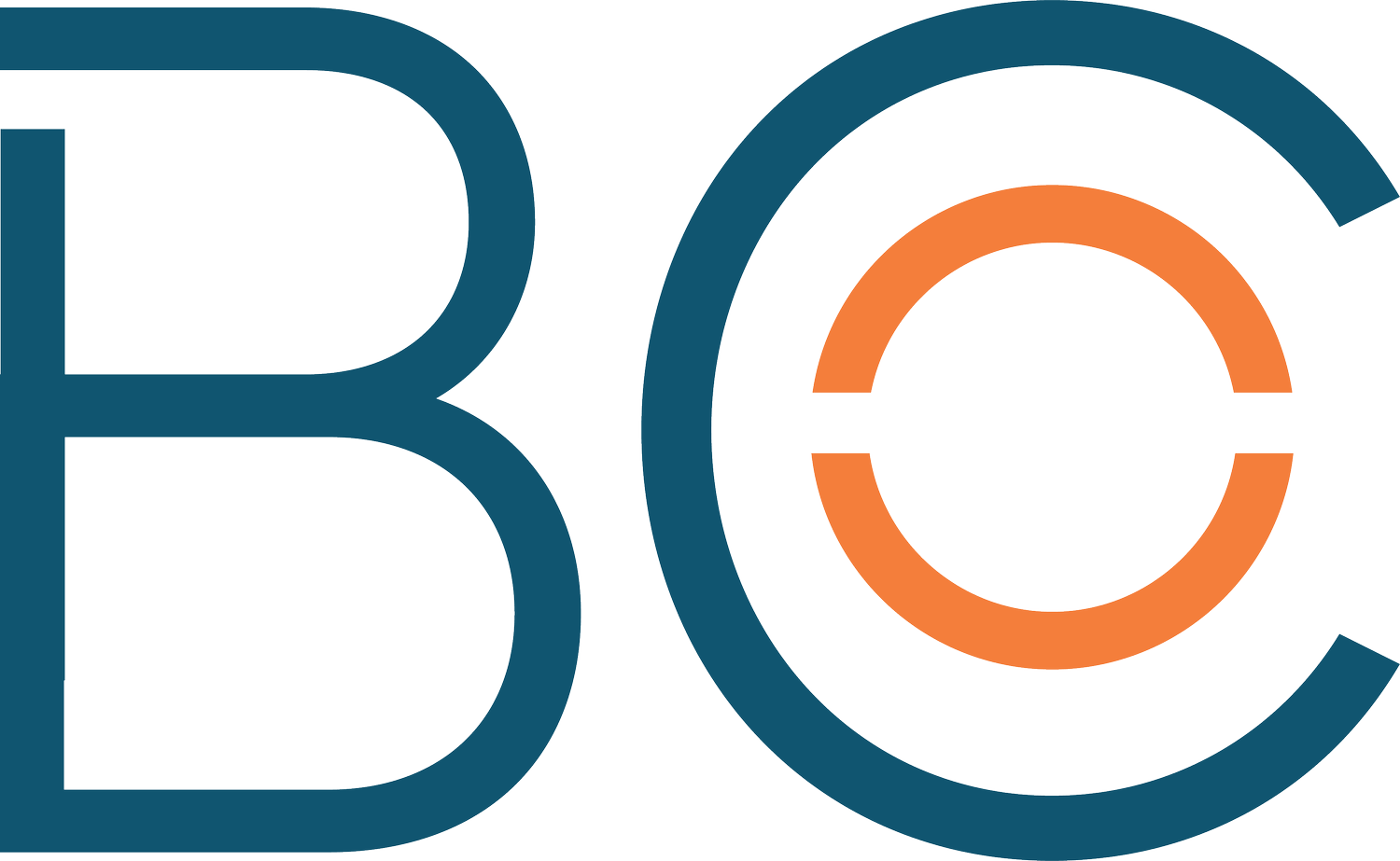Rapid Revolution Is The Enemy Of E-Commerce
Rapid revolution is the enemy of e-commerce evolution.
Now is the time. You are inspired and you are ready to take a rocket ship to the moon with your brand. You have a great product and a solid advertising budget. You have the resources. You are willing to do whatever it takes to propel your company to the next level. That all sounds great, right? It can be. But it can also be a detriment to your brand if you try too many things too quickly without first implementing a testing culture within your brand’s DNA.
We know that you want to move quickly, hit your goals, and be successful. That’s awesome, it really is.
However, to get on the path with least resistance, you must slow down enough to understand where you are and where you want to go. This may sound counterintuitive in the world of “move fast and break things,” but it can be a bad idea to change too much too quickly.
When you make changes to your digital ecosystem, it’s important to understand how your changes perform against your control. Without this culture, brands tend to get in a never-ending cycle of tweaks to copy, creative, products, landing pages, and upsells that eventually are discussed in performance meetings. The truth is that KPIs rise and fall as changes are made. Stakeholders want to know why things are worse or better. And if you aren’t adopting a testing culture, the only answers are really just best guesses.
I don’t know about you, but that doesn’t seem like a great way to blaze a successful trail. As you build a brand and provide an optimal customer experience, there are learning curves every step of the way that can boost conversions and increase click throughs, AOV, and LTV. But the big catch is that there are no magic formulas. You can’t combine X, Y and Z to ensure that everything will be amazing and you will sell your brand for 200 million within 24 months.
In most cases, you have to test and tweak your way to success.
Without data and intelligence, you will take some steps forward and some back without really understanding what changes created positive or negative impacts. Incorporating a culture of iteration will undoubtedly slow things down a bit, as it takes time to be more intentional.
However, when this process becomes part of your company's DNA, you will be in a constant loop of refining your customer experience and consistently increasing your understanding of what they love, what they hate, and how you can better optimize their experience to win loyalty and repeat business. At the end of the day, that’s what everyone wants.
One of the best things about going digital is that you have metrics, attribution, and testing tools that can easily implement A/B or multivariate testing on landing pages, emails, ads and more. If you test methodically, you determine what you are testing and hoping to learn up front before each experiment. Then, you can circle the wagons to understand what’s been discovered afterwards. If you change things on the fly—and simply stack change after change into the mix—you really have no way of knowing specifically what you’ve improved and what has been diminished.
So, before you are ready to board that rocket ship, I urge you to implement a culture of testing and optimization. That way, you can build your brand and ecommerce business with a treasure trove of learnings, rather than rely on subjective opinions from everyone in the mix. While they may have great intentions, they collectively lack the intel to steer anything beyond a house of cards brought on by untested change.

